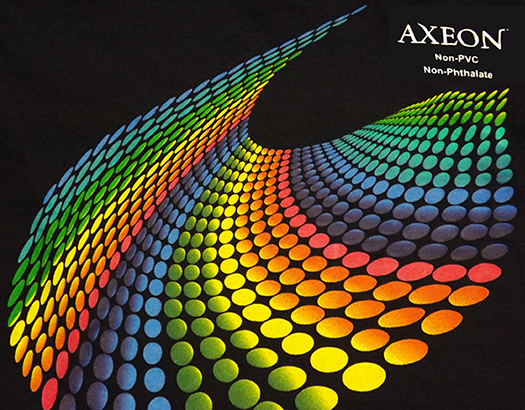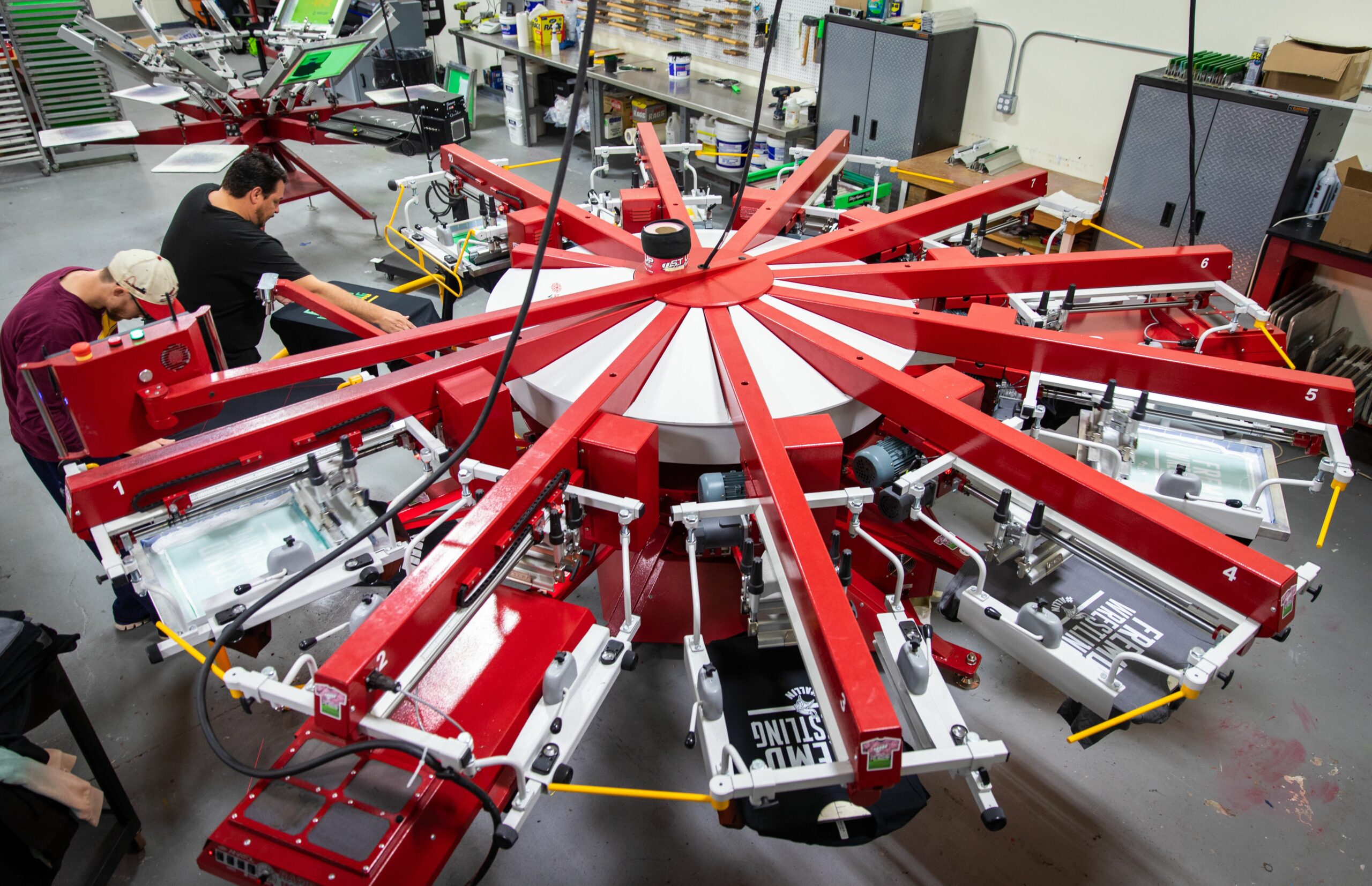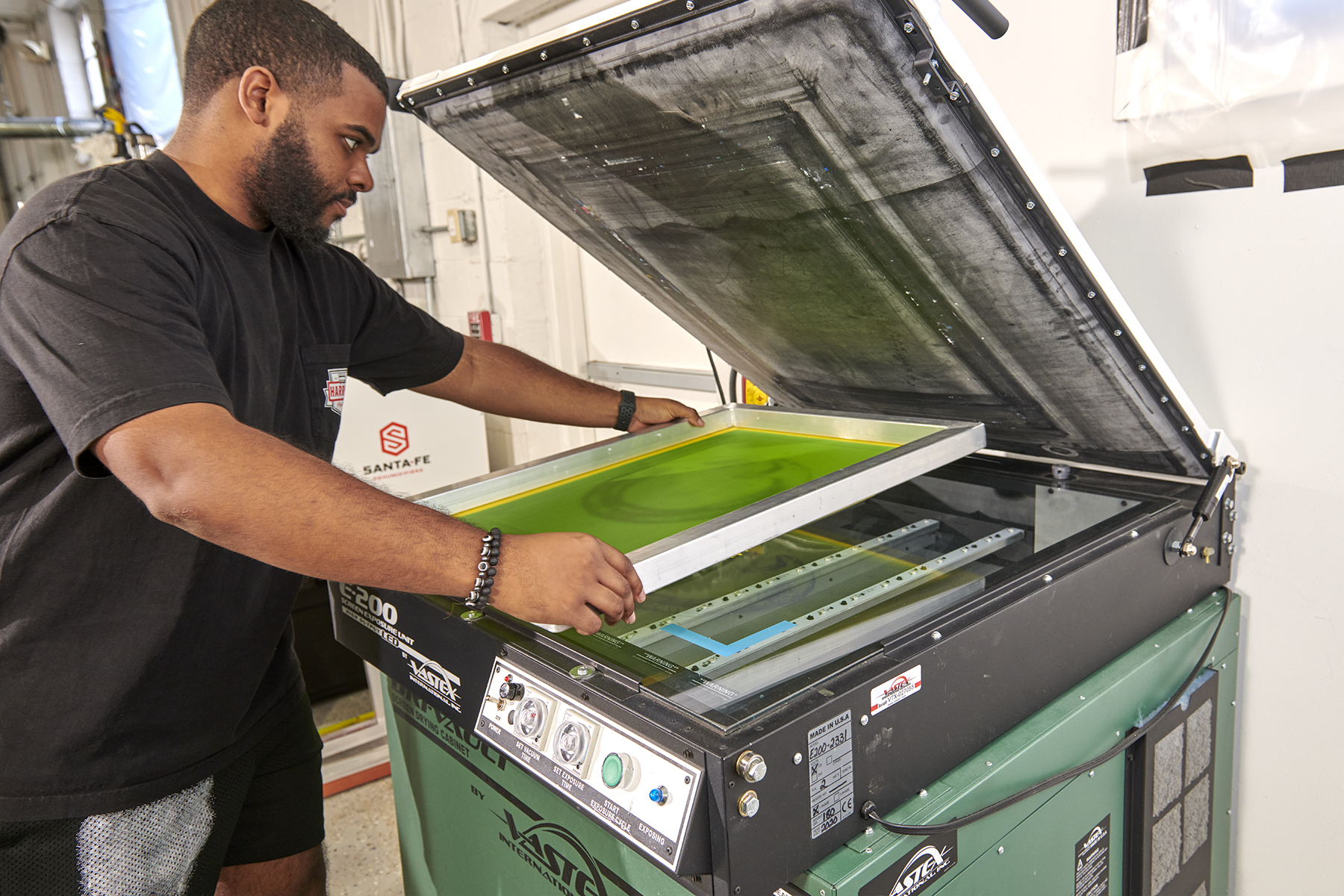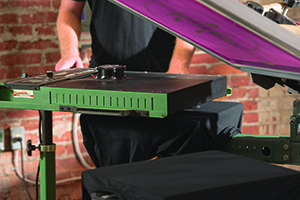July 14, 2014
Many screen printers frequently ask whether textile inks will ever become PVC-free. That question usually is quickly followed by, “What are the alternatives to PVC plastisol?”
The answer to the first is we don’t know whether or when there will be a switch. If there is, it’s still too early to tell what the more viable alternatives will be.
Because of its versatility and relative ease of use, PVC plastisol still is the ink of choice for textile screen printing in North America. And it has a large following around the world where water-based inks are more widely used.
The pressure to switch away from PVC is coming from a few major athletic and clothing brands. This pressure is driven more by commercial choice rather than regulatory requirements. The Consumer Product Safety Improvement Act (CPSIA) in the United States is the primary regulatory driver affecting the use of textile inks for products made and sold domestically. The CPSIA targets certain ortho-phthalates and lead in children’s products and child-care articles. It does not ban or restrict the use of PVC plastisols.
There are two emerging alternatives to PVC plastisols: water-based and 100% solid, plastisol-like inks. While both do not contain PVC resins or phthalate plasticizers, they are not direct PVC plastisol drop-ins. Water-based inks, as a rule, don’t offer the same yield, versatility, durability and ease of printing as plastisols. Although newer, “high-solids” water-based inks come closer to plastisols in terms of yield and other attributes. However, they still don’t offer the ease of use and versatility of PVC plastisol inks.
The new non-PVC plastisols (sometimes referred to as acrysols) come closer to PVC plastisols. They are very much like PVC inks in terms of yield and the fact that they don’t dry in the screen. They also are available in a range of special effects inks with attributes that water-based products have a difficult time matching — high density and other dimensional effects. On the other hand, the non-PVC acrysols available today do not offer the same wet-on-wet print and bleed-blocking capabilities as PVC inks. With time, that will likely change and improve.
Steve Kahane is International Coatings’ President & CEO. Prior to joining International Coatings, he held senior executive positions in the environment and engineering fields. For more information or to comment on this article, visit iccink.com or contact International Coatings at icinfo@iccink.com.
Suggested Reading
Like this article? Read these and other screen printing articles at impressionsmag.com:
• “Printing on Baby Rib Knits”
• “Demystifying White Ink”
• “Solving the Customer Artwork Dilemma”
March 20, 2024 | Production
As with pretty much any business, one of the keys for apparel and T-shirt decorators running a successful custom screen-printing shop is having the right equipment, first and foremost, the right press, or presses.
FULL STORY
March 15, 2024 | Production
As is the case with flash units and dryers, screen exposure units, computer-to-screen-systems and washout booths are critical to successful screen printing of T-shirts and other apparel
FULL STORY
January 16, 2024 | Production
Go to any industry trade show or visit an actual custom apparel screen-printing shop, and your eyes will naturally be drawn to the press, or presses there. This is true whether the shop in question employs a single manual press or is running multiple autos.
FULL STORY




